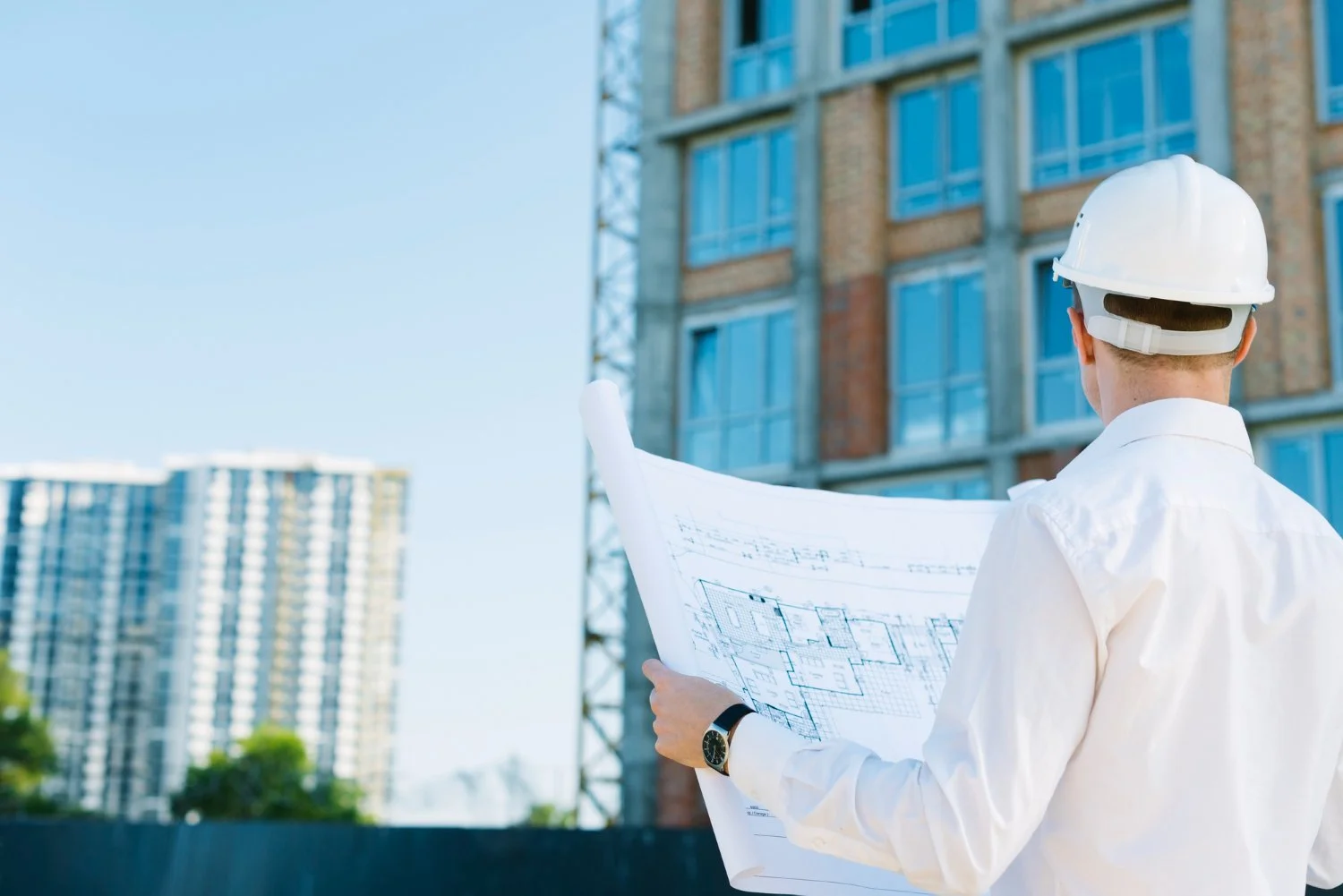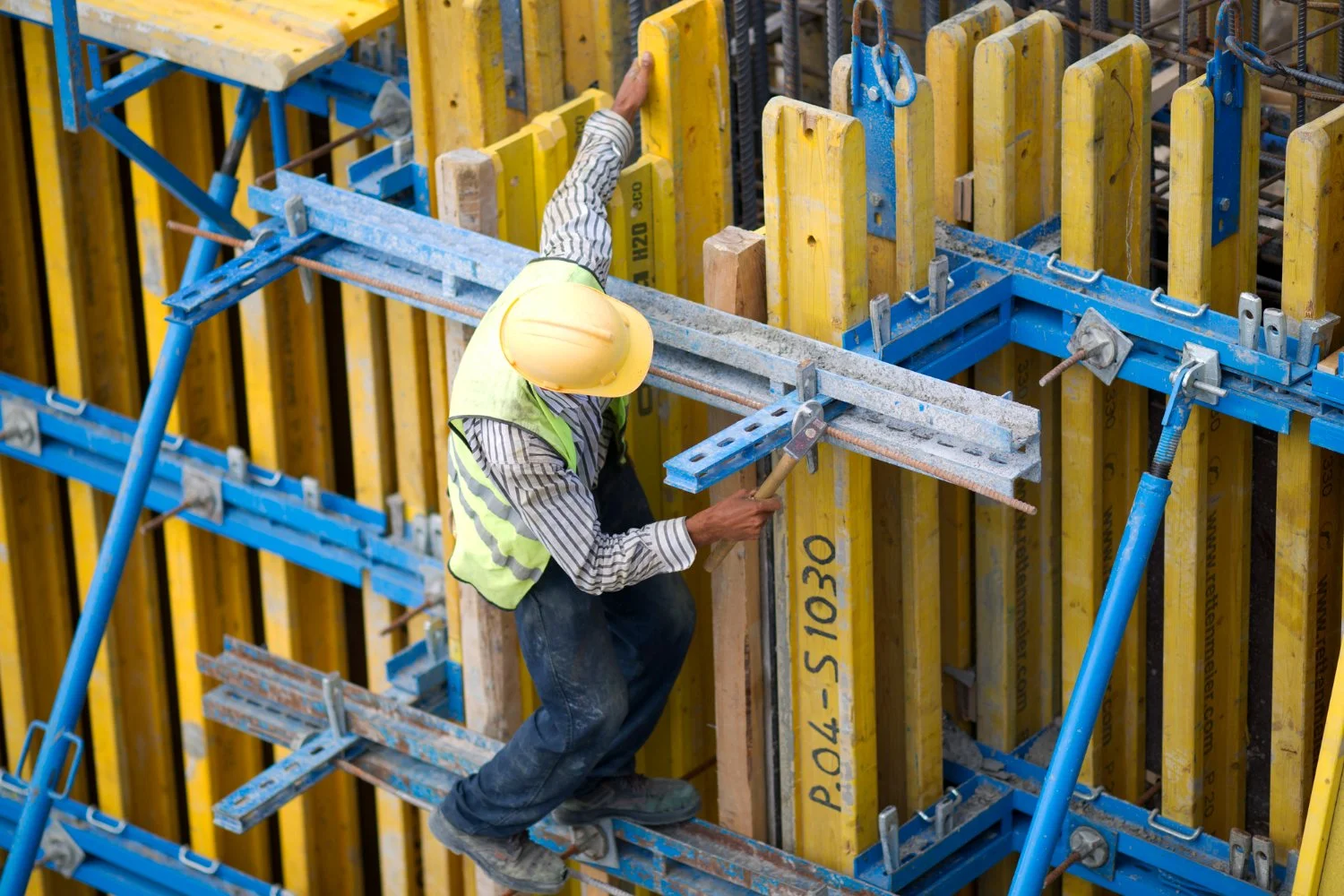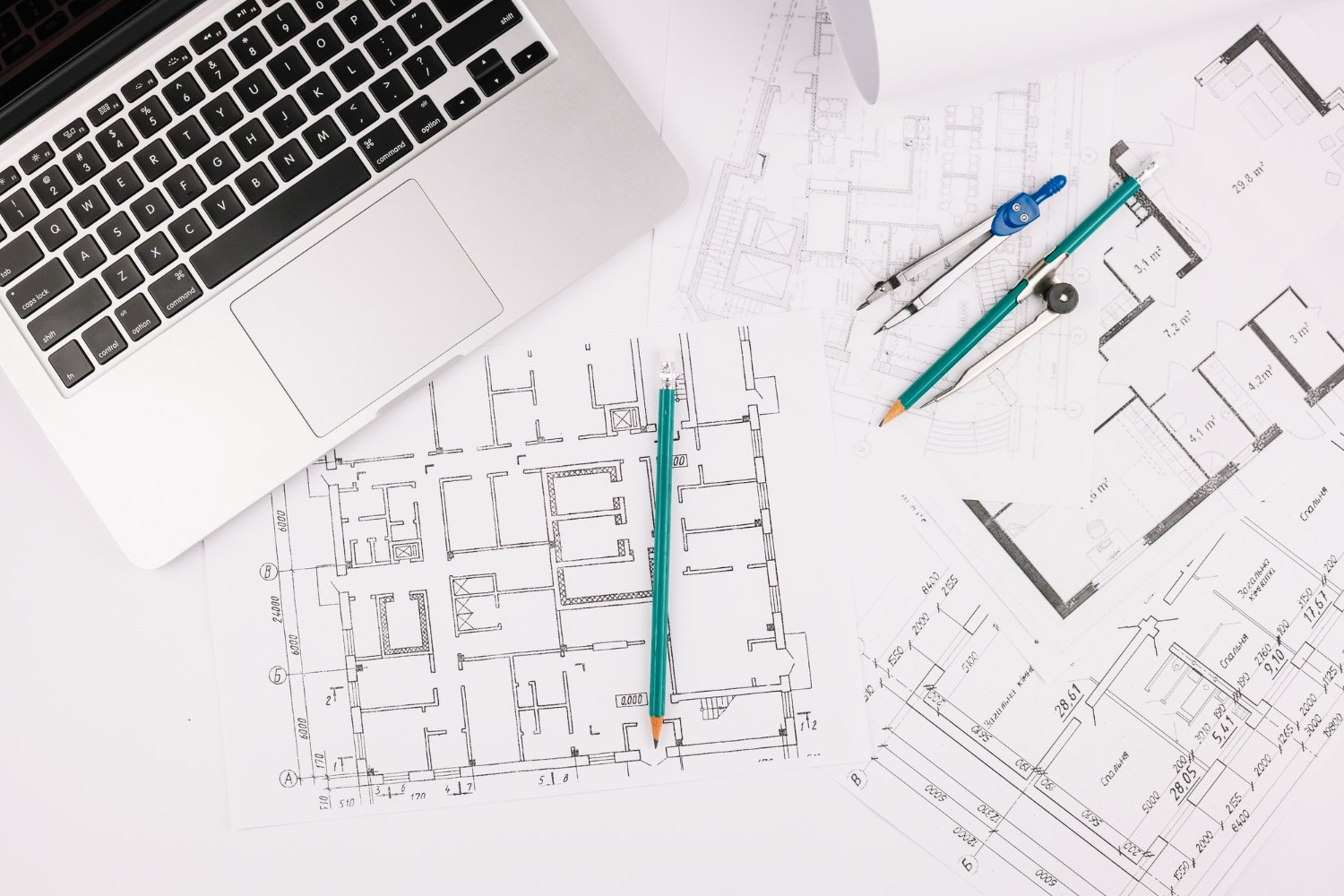What Is Structural Integrity in Architecture? And Why It’s the Backbone of Great Design
Some buildings stand for hundreds of years. Others start cracking, leaning, or falling apart after only a few decades. Why does this happen?
The answer is something called structural integrity. It’s a big phrase, but it simply means how well a building holds together and stays safe over time.
Whether it's a home, a school, or a tall office tower, structural integrity is important for everyone. It keeps buildings safe, strong, and long-lasting.
Let’s break it down step by step.
What Is Structural Integrity?
Structural integrity means a building can carry its own weight, as well as the weight of everything inside it, without breaking or collapsing. This includes the walls, floors, roof, and all the people and things inside.
To stay safe, a building needs:
Strength: It must hold up against pressure and heavy loads.
Stability: It should stay balanced and not lean or wobble.
Good Materials: The stuff it's made from must work well and last a long time.
It’s important to know that something can look strong but still not be structurally sound. For example, a tall wall may look strong, but if it’s not braced properly or made with the right material, it could fall in strong winds.
Core Components of Structural Integrity
To better understand how buildings stay safe, let’s look at the main parts that give them structural integrity:
Load-Bearing Systems
These are the parts that carry weight. Think of them like the bones in your body. They include beams (horizontal), columns (vertical), walls, and the foundation (what holds everything to the ground). These parts help spread weight evenly across the building.
Materials Used
Materials like steel, concrete, and wood are common in buildings. Each one has its own strengths. For example, steel is very strong and can bend a little without breaking. Concrete is hard and good for holding weight. Wood is flexible and works well in many home designs.
Connections and Joints
No matter how strong the pieces are, if they aren’t joined together well, the whole structure can fail. Bolts, nails, glue, welds - all of these help hold things in place. Good joints help a building stay together during stress, like during strong winds or small earthquakes.
Design and Geometry
The shape of a building matters too. A strong design spreads out weight so no part gets too much stress. Triangles, for example, are often used in roof supports because they are very stable.
Environmental Resistance
Buildings have to deal with nature like rain, snow, heat, cold, wind, and sometimes even earthquakes. A well-designed building protects itself against these forces. For example, sloped roofs help snow slide off, and raised foundations protect from floods.
Why This Matters for Homeowners and Developers
Whether you're building a family home or a large apartment complex, structural integrity matters in many ways:
Long-Term Safety and Durability: A strong building protects everyone inside and lasts for many years without major problems.
Lower Maintenance Costs: Buildings with good structure don’t need constant repairs or fixes, saving money over time.
Protection of Investment: Homes and buildings cost a lot of money. Structural problems can lower their value or even make them unsafe to live in.
Peace of Mind: Knowing your space is well-built helps you feel safe during storms, snow, or other natural events.
How Architects & Engineers Ensure It
So, how do professionals make sure a building will be strong and safe? Here's what they do:
Building Codes and Regulations
Every city or state has rules about how buildings must be built. These rules, called building codes, make sure that structures are safe and strong.
Collaboration Between Architect and Structural Engineer
Architects design how a building looks and functions. Structural engineers make sure it won’t fall down. They work together to combine beauty with longevity.
Site Analysis and Material Selection
Before starting, experts look at the land to understand the soil, slope, and climate. They also choose the best materials for that location and type of building.
Quality Control During Construction
Even the best design won’t work if the building isn’t built properly. That’s why experienced builders follow the plan carefully and work with inspectors to verify the work is done correctly.
Final Thoughts
Structural integrity is what keeps buildings standing tall, not just today, but for many years to come. It’s not just about strength; it’s about smart design, good materials, and creating lasting value.
Whether you’re building a small house or a big city tower, choosing the right team that values safety and structure is one of the most important decisions you can make.
Strong buildings protect people, save money, and stand the test of time. Choose architects and builders who care about structural integrity from the very beginning.





